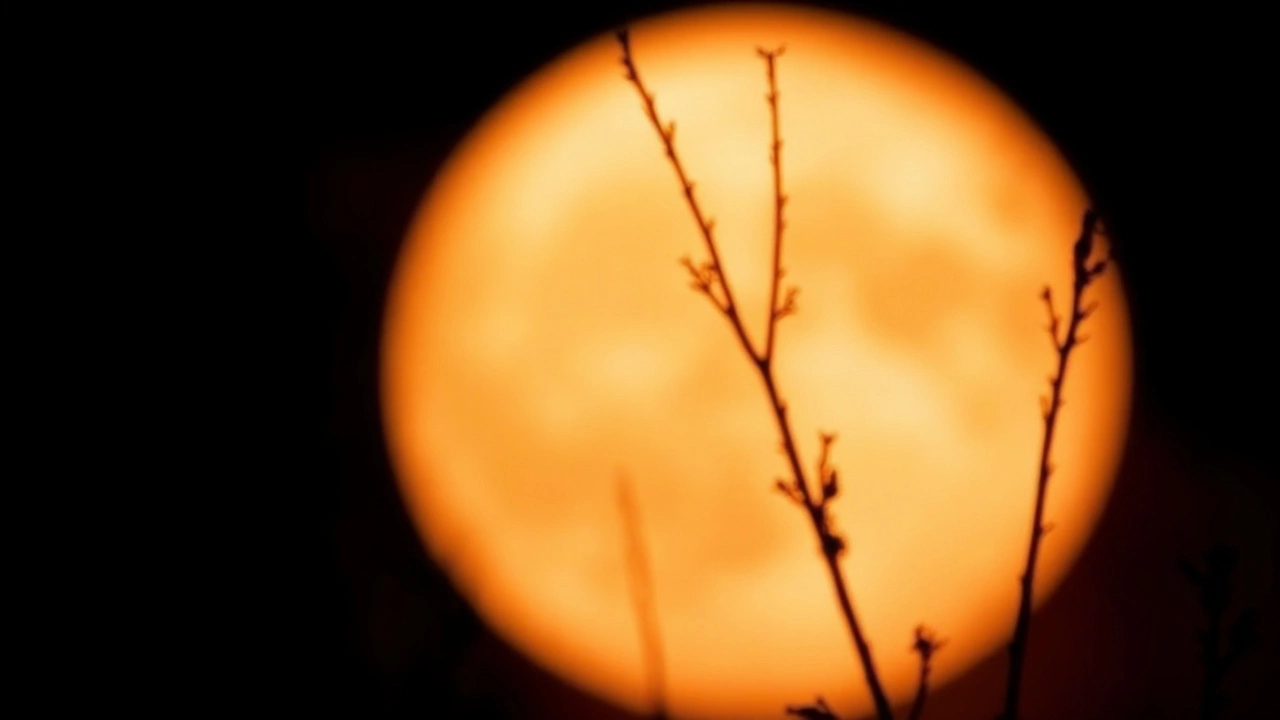July’s Full Moon: Why It Appears Bigger, Redder, and Lower in the Sky
What Makes July’s Full Moon So Striking?
When July rolls around, stargazers start buzzing about the Buck Moon. This year, it’s set to put on a show. The moon will appear bigger, redder, and hang lower than usual in the night sky. It sounds supernatural, but science has an answer for everything you’ll see.
First, let’s talk about size. You might notice this full moon looming larger than usual. This isn’t because the moon is physically closer—though its elliptical orbit can bring it nearer to Earth at times, known as a "supermoon." It’s actually an optical illusion called the "moon illusion." When the moon is low on the horizon, our brains compare it to buildings, trees, and other objects. This visual trick makes the moon look much bigger than when it’s high up.
Next comes the redness. Ever noticed how sunsets and sunrises are fiery orange or red? The same effect happens with a low moon. The moon’s light has to pass through a thicker slice of Earth’s atmosphere when it’s near the horizon. The atmosphere scatters short, blue wavelengths and lets more reds and oranges shine through. That’s why the July Buck Moon will look redder than usual as it rises.

Why Will the Moon Appear Lower?
Some moons seem to scrape the tops of the trees, while others climb higher in the sky. The July full moon always sits lower in the sky for those in the Northern Hemisphere. It’s all about timing. In summer, the sun rises high and takes a long arc through the sky, while the full moon does the opposite. It follows a low, short arc, which keeps it closer to the horizon all night long. This low path also means its light encounters more air and tiny particles—enhancing that reddish glow.
- Big moon: Your brain’s doing, comparing it to nearby objects.
- Red moon: More atmosphere to travel through near the horizon, so redder tones stand out.
- Low moon: Summer’s full moon stays low because of how Earth is tilted and the moon’s path.
If you want the best view, step outside just after moonrise. Watch as it peeks up, huge and red, fading to a smaller, whiter orb as it rises. Bring a camera—this is the kind of sky show you’ll want to remember.
That’s the magic of July’s full moon: physics, Earth’s tilt, and a little bit of optical trickery coming together for a can’t-miss sight.





